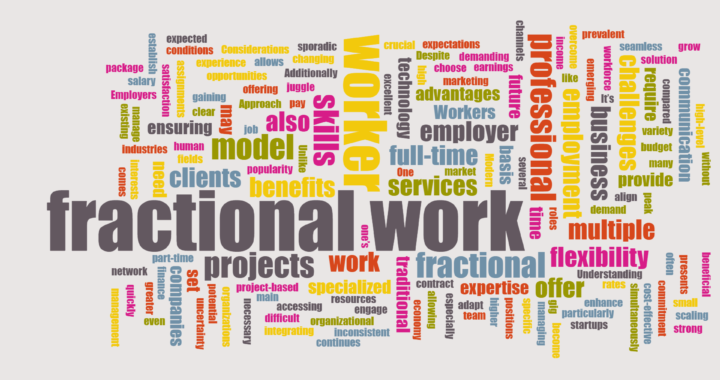Outsourcing Excel and Google Spreadsheet tasks can significantly benefit independent financial advisors (IFAs) by enhancing efficiency, reducing workload, and ensuring accuracy. Here’s how:
Enhanced Productivity and Focus
Outsourcing routine Excel and Google Spreadsheet tasks allows IFAs to focus more on core activities such as client relationship management, financial planning, and investment strategies. Tasks like data entry, report generation, and spreadsheet maintenance can be delegated, freeing up valuable time for strategic decision-making and client interactions.
Access to Specialized Expertise
By outsourcing spreadsheet tasks, IFAs gain access to specialized expertise in spreadsheet management and data analysis. Professional outsourcing providers often have skilled teams proficient in advanced Excel functionalities, data visualization techniques, and Google Spreadsheet automation. This expertise ensures tasks are completed efficiently and with high accuracy, reducing errors and improving data integrity.
Cost Efficiency
Outsourcing spreadsheet tasks can lead to cost savings for IFAs. Instead of hiring full-time staff or spending valuable time on repetitive tasks, outsourcing allows IFAs to pay for services only when needed. This cost-effective approach minimizes overhead expenses associated with recruitment, training, and software licensing, making it ideal for small to medium-sized practices aiming to optimize operational costs.
Scalability and Flexibility
Outsourcing offers IFAs scalability and flexibility in managing workload fluctuations. Whether it’s handling seasonal peaks in data processing or scaling operations during busy periods, outsourcing providers can adjust resources accordingly. This flexibility ensures that IFAs can meet client demands promptly without compromising service quality or exceeding internal capacity.
Improved Data Security and Compliance
Reputable outsourcing providers adhere to strict data security protocols and compliance standards. They employ secure file transfer methods, data encryption, and access controls to protect sensitive client information. This ensures confidentiality and regulatory compliance, giving IFAs peace of mind when outsourcing critical spreadsheet tasks.
Conclusion
Outsourcing Excel and Google Spreadsheet tasks is a strategic decision for independent financial advisors looking to streamline operations, boost productivity, and enhance client service delivery. By leveraging external expertise and resources, IFAs can achieve operational efficiency, cost savings, and improved focus on core business priorities, ultimately fostering growth and client satisfaction in a competitive financial advisory landscape.



